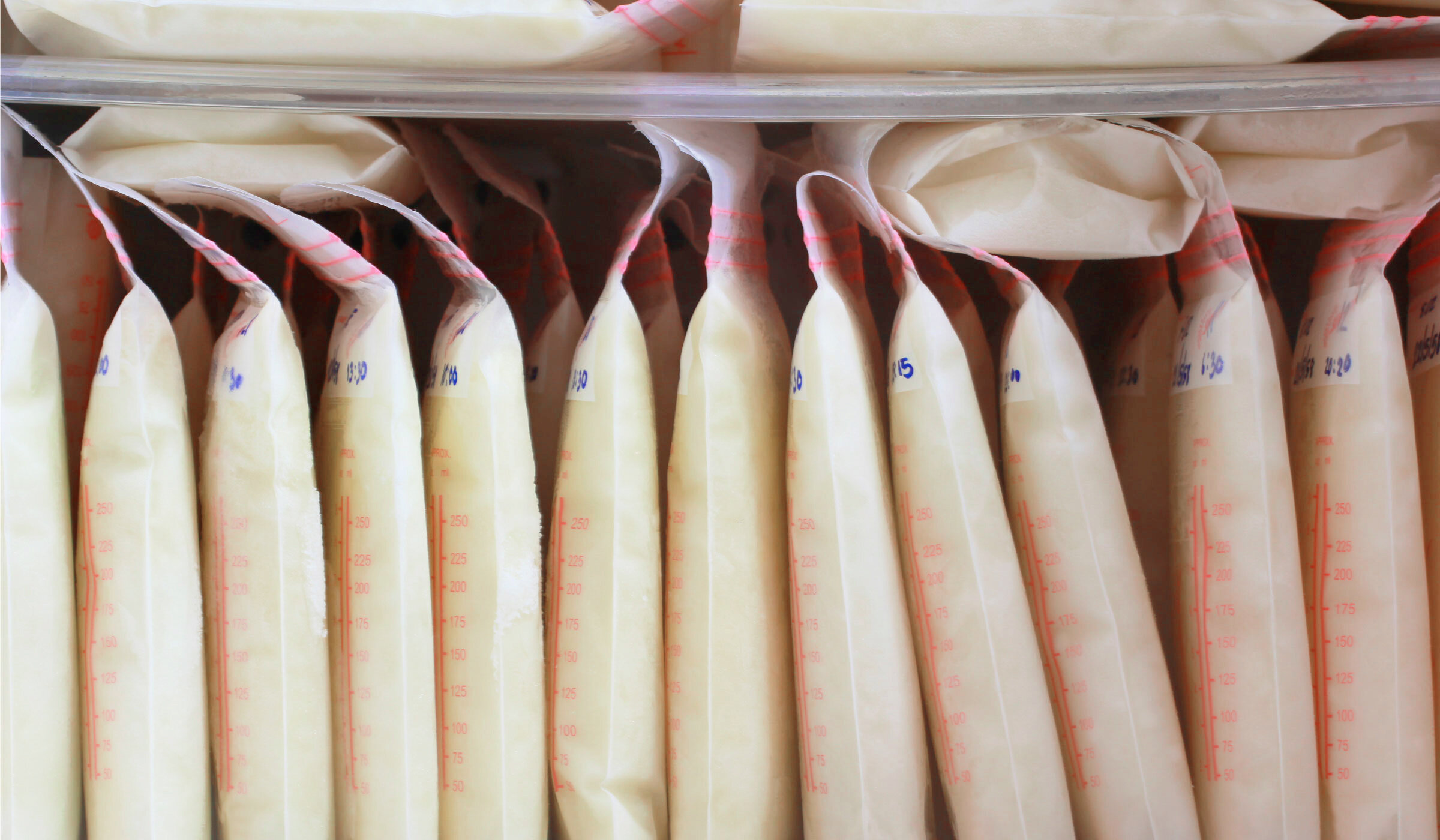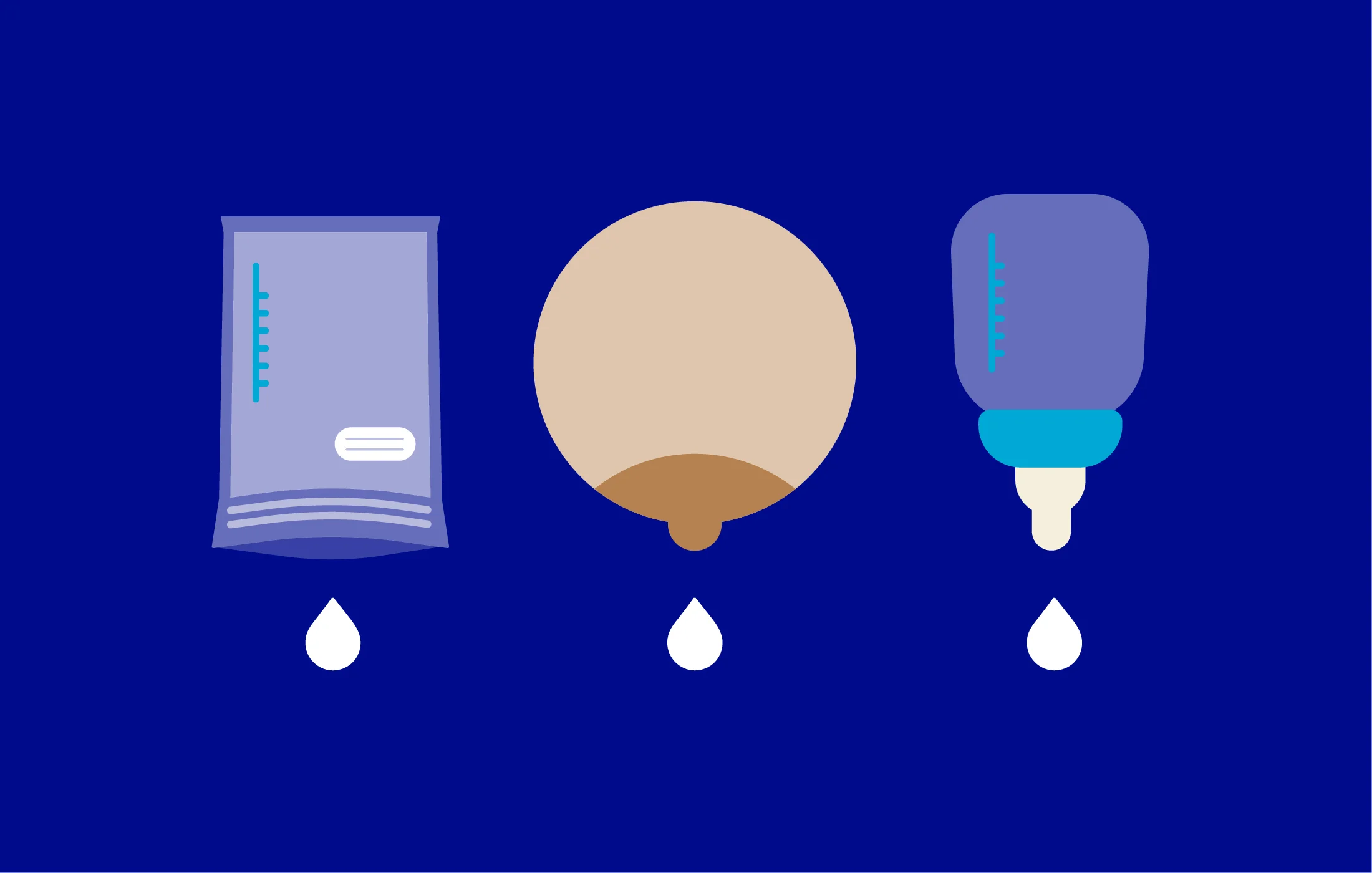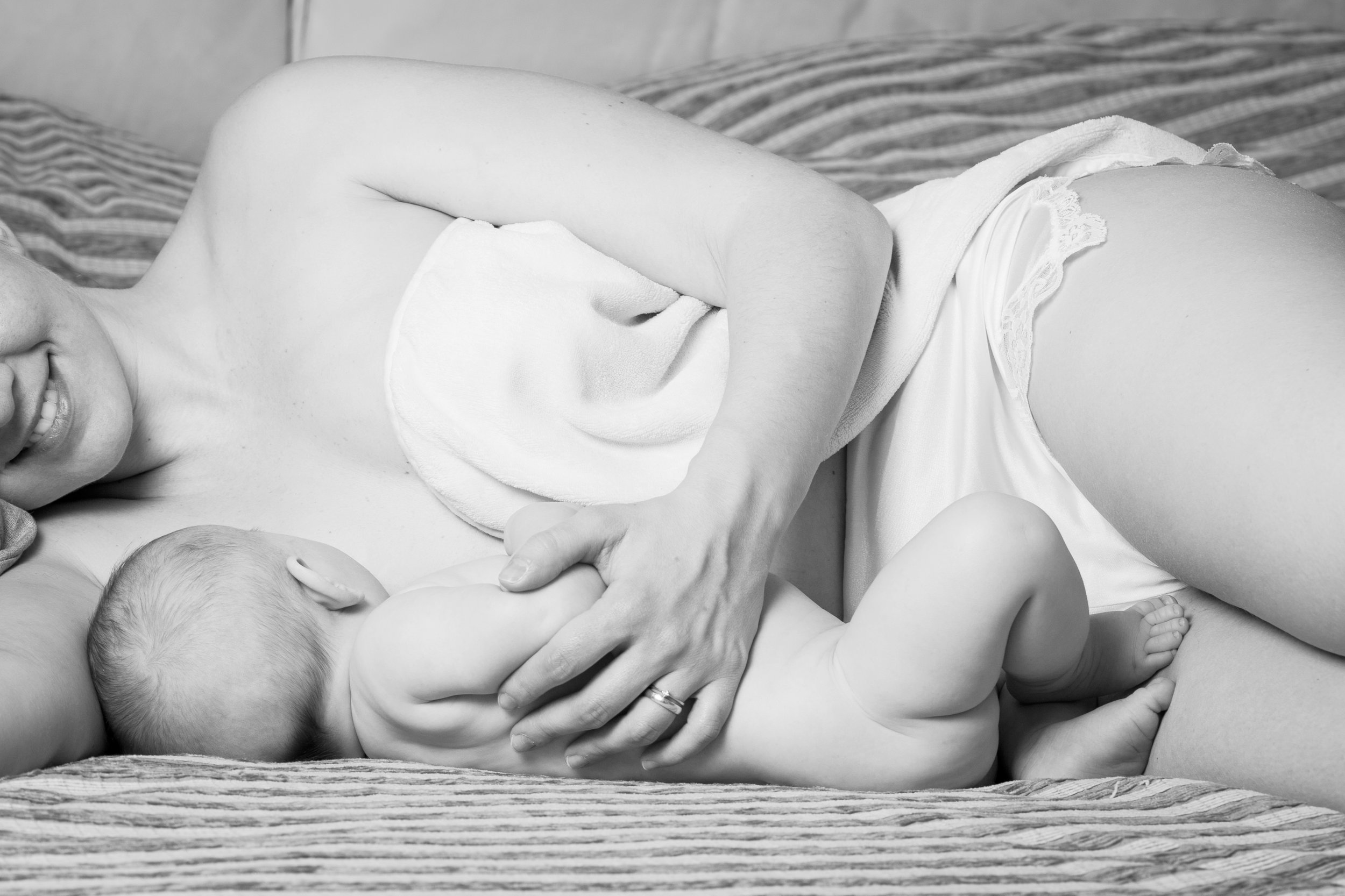Milk Banks + Donor Breast Milk: What to Know
Human breast milk is magic, but for parents of preemies or parents unable to make their own, milk banks can be a lifesaver. We spoke with two experts on human milk banking and donation, Lauren Duncan, the clinical programming coordinator of The Milk Bank, a nonprofit milk bank in Indianapolis, and Lindsay Groff, the executive director of the Human Milk Banking Association of North America (HMBANA), the organization that accredits nonprofit milk banks in the U.S. and Canada, to learn more.
What do milk banks do?
Milk banks ensure the safe collection, screening, and distribution of human breast milk to families in need. HMBANA has stringent safety standards for screening, pasteurizing, and testing donor milk. As a result, they also play a role in setting the international guidelines for pasteurized donor milk. American milk banks are regulated and inspected as food manufacturers by both the FDA and local health departments. Every milk bank is different, but many serve medically fragile infants in the hospital, while also supplying milk to outpatient families. “We’re the bridge to providing breast milk when a mom’s own milk is not available,” says Duncan.
How do milk banks work?
For-profit milk banks pay donors for their breast milk and make a business out of selling it. “A nonprofit milk bank is community-based and about altruism,” says Groff. The goal at HMBANA is to provide donor milk for all, despite the many barriers. “If you donate to a nonprofit milk bank, you’re donating to babies—regardless of their family’s ability to pay.”
How is donor milk processed?
To ensure an even distribution of nutritional components, donated milk is pooled from multiple donors and then pasteurized using the Holder method—a process of gently heating milk to eliminate harmful bacteria while still retaining most of the nutrition. “A parent’s own milk is the gold standard, as each human body creates a custom-made milk for their infant,” says Groff. “Donor milk can’t be that customized, but it still provides antibodies and other important benefits.” As a last step, the milk is sent to an independent lab for final testing of microbes before being frozen and shipped to hospitals and families.
Who can use donor milk?
Hospitals and physicians determine the eligibility criteria for donor milk for medically vulnerable babes such as those who are premature, very low birth weight, or in the NICU, but most milk banks also provide donor milk to families with term babies too. “Families from all walks of life reach out to get milk for all reasons—including adoption, surrogacy, mastectomy, or a lack of supply,” says Duncan. “If we can help them reach their breastfeeding goals, that’s what we want.”
How much does donor milk cost?
Human breast milk prices are not standardized, but milk from nonprofit milk banks costs less than that from for-profit milk banks. Still, prices at nonprofit milk banks can vary from $4.25 to $5.50 an ounce—which gives a whole new meaning to the term “liquid gold.” Depending on the circumstances and plan, some insurance providers will cover the cost. Medicaid covers the cost of donor milk in some states, but every state is different. Many nonprofit milk banks offer grants and charitable care programs for families experiencing financial hardship to help defray the expense.
How can donor milk be more equitable?
Access to human breast milk mirrors other existing inequities and disparities in maternal health. HMBANA recently received a large grant from the W.K. Kellogg Foundation to address the barriers to equitable access. “There’s a huge racial disparity in rates of donor milk usage and obstacles that are financial, cultural, and historical,” says Groff. “We would love to see all babies who need donor milk receive it. In the future, I hope insurance will cover what’s medically necessary and pay for donor milk. If you need blood, you get blood. If you need medicine, you get it. Breast milk is medicine.”
Is there a limit on how much breast milk families can buy?
The amount of milk a family needs depends on the age of the baby and the purpose of the milk—whether it’s the exclusive form of nutrition or a supplement to a mom’s own milk. At The Milk Bank, families can purchase up to 40 ounces of breast milk before needing a script from their pediatrician, a practice that’s common across nonprofit milk banks. Milk banks work closely with families’ healthcare providers to determine the best course of action.
What should moms know about donating breast milk?
Prospective applicants undergo a rigorous screening process that includes a lifestyle questionnaire, a blood test for infectious diseases such as HIV, hepatitis B and C, and syphilis, as well as information collected from their healthcare providers. Nonprofit milk banks do not provide remuneration to donors for their breast milk. As a former milk donor herself, Duncan says it can be rewarding and empowering. “Something as small as donating milk can truly save a baby’s life. And that’s magical. We’re learning more and more every day about what our bodies can do!”
Is peer-to-peer milk sharing safe?
Many moms with an oversupply of breast milk offer donations in person or via Facebook groups. Duncan acknowledges that humans have always shared milk with one another, but peer-to-peer sharing isn’t without risk. “We understand that moms are doing it out of the goodness of their hearts,” she says. “But buyers beware—donors might be taking medication that could be contraindicated or have a communicable disease they aren’t aware of.” For parents with healthy term babies who want to receive breast milk, Groff says that if they know the donor really well—a close friend or family member—and know that they don’t use drugs, smoke, or have diseases that can be passed through milk, a parent may consider milk sharing. “The biggest risk is paying for milk from someone you don’t know online. When you introduce payment, nefarious things can happen—the milk could be watered down or mixed with cow’s milk—and there’s no way to screen it. You’d be relying on a stranger’s promise. Always consult your child’s doctor.”
How do I find a milk bank?
There are milk banks all over the world, including 31 HMBANA-accredited banks in the U.S. and Canada. You can find a list here.
Mamava designs solutions to empower breastfeeding and pumping parents on the go, like our freestanding lactation pods, Mamava’s lactation space locator app, and other helpful resources.
More breastfeeding resources























